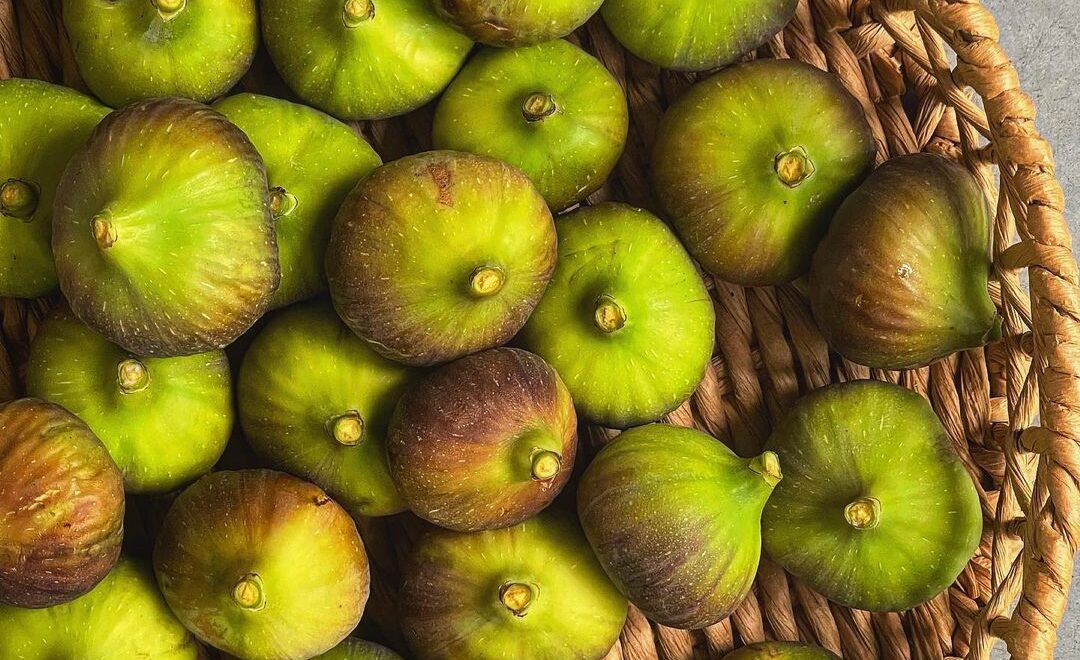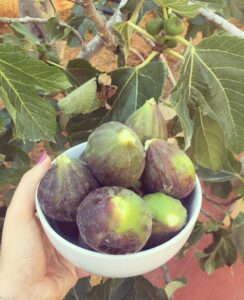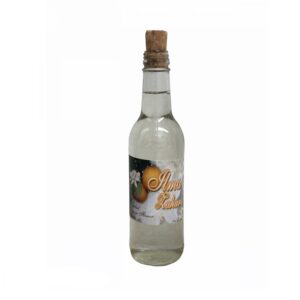
Nestled in the heart of the Mediterranean, our beautiful island is not only famous for its stunning landscapes and rich history but also for its delectable culinary delights. Among its many treasures is the humble fig, an ancient fruit that has been cultivated on the island for centuries. The tree has adapted to the Mediterranean climate and thrives in the Maltese Islands.
One of the fascinating facts about figs is that they have no blossoms on their branches. The blossoms are actually found inside the fruit and are responsible for the unique crunchy texture when eating it. The fruit is egg/pear shaped and varies in colour from yellow-green to copper to purple, juicy and sweet when ripe. Whether eaten fresh or dried, figs are rich in carbohydrates, vitamins and a good source of calcium and fibre.
The fig is not actually a fruit; it is an inflorescence — a cluster of many flowers and seeds contained inside a bulbous stem. Because of this unusual arrangement, the seeds—technically the ovaries of the fig—require a specialized pollinator called the fig wasps.
The fig tree produces an early fruit which matures around mid-June and is known as “bajtar ta’ San Gwann”, which are plump and tender. These early figs are very large, short-stalked, top-shaped, greenish brown without any netting. The flesh is of a light pink colour, watery, melting and sugary and of good flavour.

Late figs known as “tin” are produced from the same tree but mature some six weeks after the early figs have finished and are smaller in size.
Maltese cuisine makes creative use of figs, incorporating them into both sweet and savoury dishes.
One traditional recipe is Honey Rings or “Qagħaq ta’ L-Għasel” are a delicious traditional treat. Made from soft pastry with a tasty, treacle based filling and a delicious mixture of figs, almonds, and spices, they are wonderful eaten any time of year, and washed down with a hot drink. The figs lend a delightful sweetness and texture to this beloved dessert.

Fig Jam is made from whole, ripe figs. The fruit is cooked slowly until it breaks down and forms a thick, spreadable paste. This jam is typically used as a filling for pastries, but it pairs well with cheese or on their own.
Figs are among the oldest fruits consumed by humans, probably dating back some 11,000 years. . They sweetened all types of desserts before the widespread use of sugar. Early humans learned to dry figs in order to preserve them. August provides the perfect hot and arid climate for drying figs, which are split in two and laid out on a sunny roof or terrace to dry until leathery in appearance. The figs are layered with bay leaves, toasted flaked almonds, raisins soaked in anisette, and fennel seeds, and then covered with greaseproof paper and weighed down for a couple of weeks. The resulting slab of compressed dried fruit known locally as tin taċ-ċappa is traditionally eaten on the feast of St Martin when it is cut into thin slices.
Figs hold a special place in the hearts and palates of the Maltese people. From their ancient origins to their role in traditional recipes and cultural customs, figs have become an integral part of Malta’s rich heritage.
 It-Tokk, Independence Square, Victoria, Gozo | Ta’ Dbiegi Crafts Village, Gharb, Gozo
It-Tokk, Independence Square, Victoria, Gozo | Ta’ Dbiegi Crafts Village, Gharb, Gozo



0 comments
Write a comment